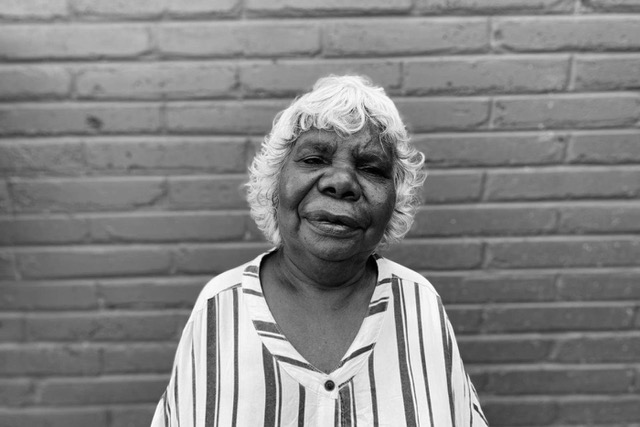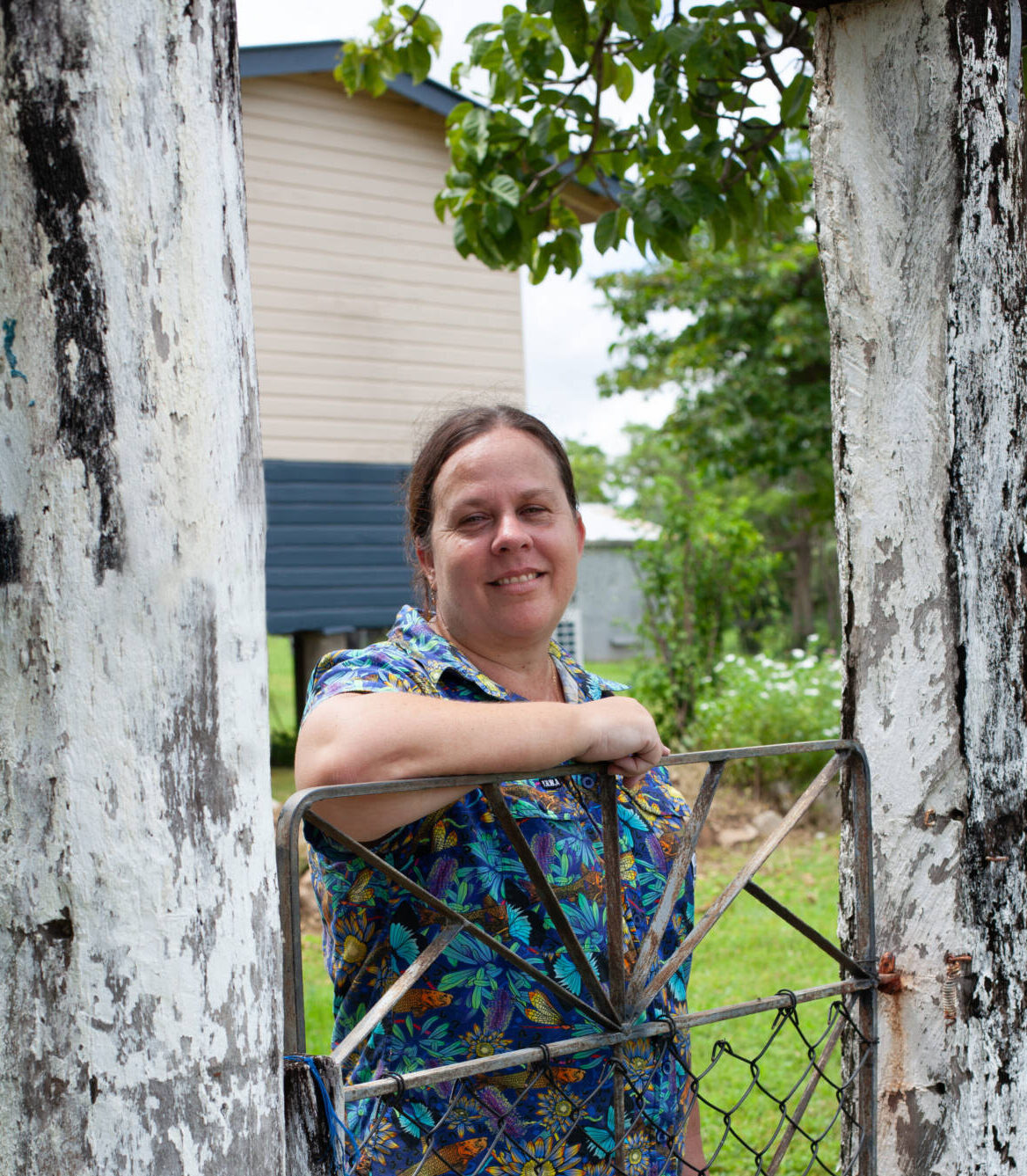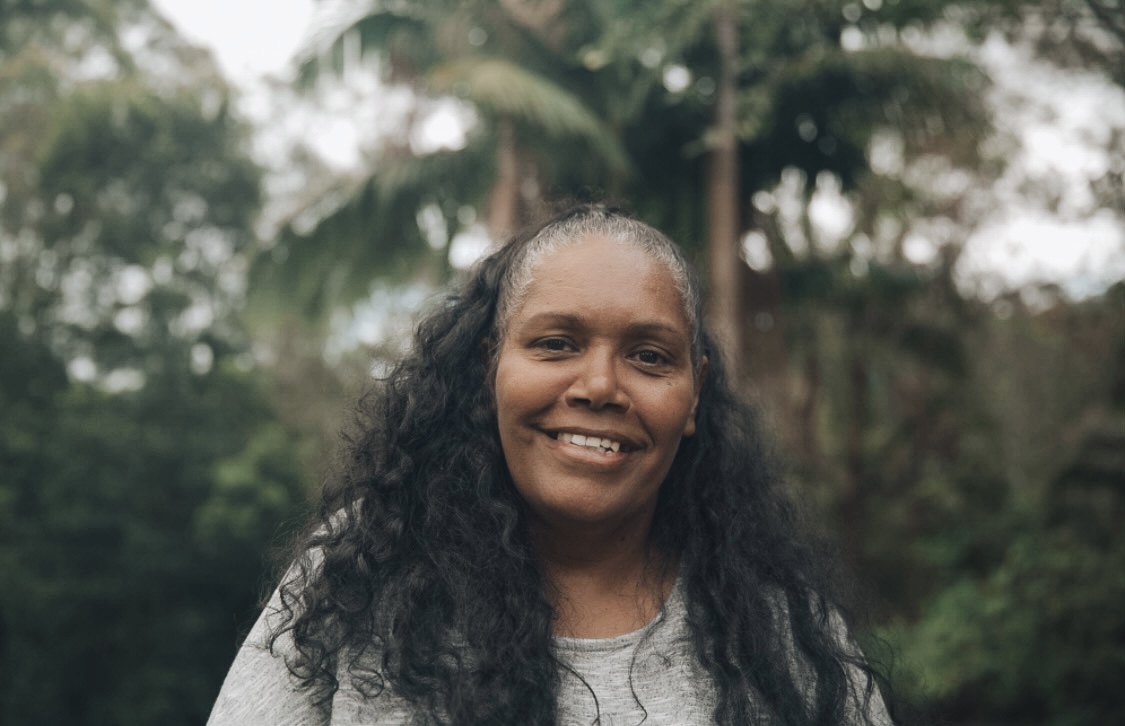NAIDOC Week is an annual celebration of Aboriginal and Torres Strait Islander cultures and achievements, providing an opportunity for all Australians to learn about and engage with the oldest continuous living cultures on Earth. But what exactly is NAIDOC Week, and why do we celebrate it?
NAIDOC stands for National Aborigines and Islanders Day Observance Committee. Its roots can be traced back to Aboriginal rights groups in the 1920s, which sought to increase awareness about the status and treatment of Aboriginal and Torres Strait Islander peoples.
Key milestones in NAIDOC Week’s history include:
1938: The Day of Mourning
On Australia Day, protestors marched through Sydney, followed by a congress attended by over a thousand people. This was one of the first major civil rights gatherings in the world. In 1939 William Cooper wrote to the National Missionary Council of Australia to seek their assistance in supporting and promoting an annual event.
1940-1955: Aborigines Day
The Day of Mourning was held annually on the Sunday before Australia Day and was known as Aborigines Day. In 1955 Aborigines Day was shifted to the first Sunday in July after it was decided the day should become not simply a protest day but also a celebration of Aboriginal culture.
1956-1990: NADOC Formation
The National Aborigines Day Observance Committee (NADOC) was formed with support from major Aboriginal organisations, state and federal governments. In 1972, the Department of Aboriginal Affairs was formed, as a major outcome of the 1967 referendum. The NADOC committee was composed entirely of Aboriginal members for the first time in 1974. The following year, it was decided that the event should cover a week, from the first to second Sunday in July.
1991-Present: NAIDOC
The committee expanded to recognise Torres Strait Islander people, becoming the National Aborigines and Islanders Day Observance Committee (NAIDOC).
Today, NAIDOC Week is a time for all Australians to learn about First Nations cultures and histories, participate in celebrations of the world’s oldest continuous living cultures and to recognise the contributions of Aboriginal and Torres Strait Islander peoples
While calls to make NAIDOC Week a national public holiday have not yet been successful, the celebration continues to grow in importance and recognition across Australia.
The National NAIDOC Committee acknowledges the outdated term “Aborigines” in its title, retaining it due to its historical significance in the establishment of this commemorative week by Elders in 1938.
This year NAIDOC Week will be celebrated from Sunday 7th July 2024 to Sunday 14 July 2024. The theme for 2024 is ‘Keep the Fire Burning! Blak, Loud and Proud’ with this years poster titled ‘Urapun Muy’ by Samuawgadhalgal artist Deborah Belyea.
For more on this year’s poster design, check out our interview with Deborah here.
For more information on NAIDOC Week visit: https://www.naidoc.org.au/

If you liked this article, consider supporting NIRS with a donation to keep our fire burning.




